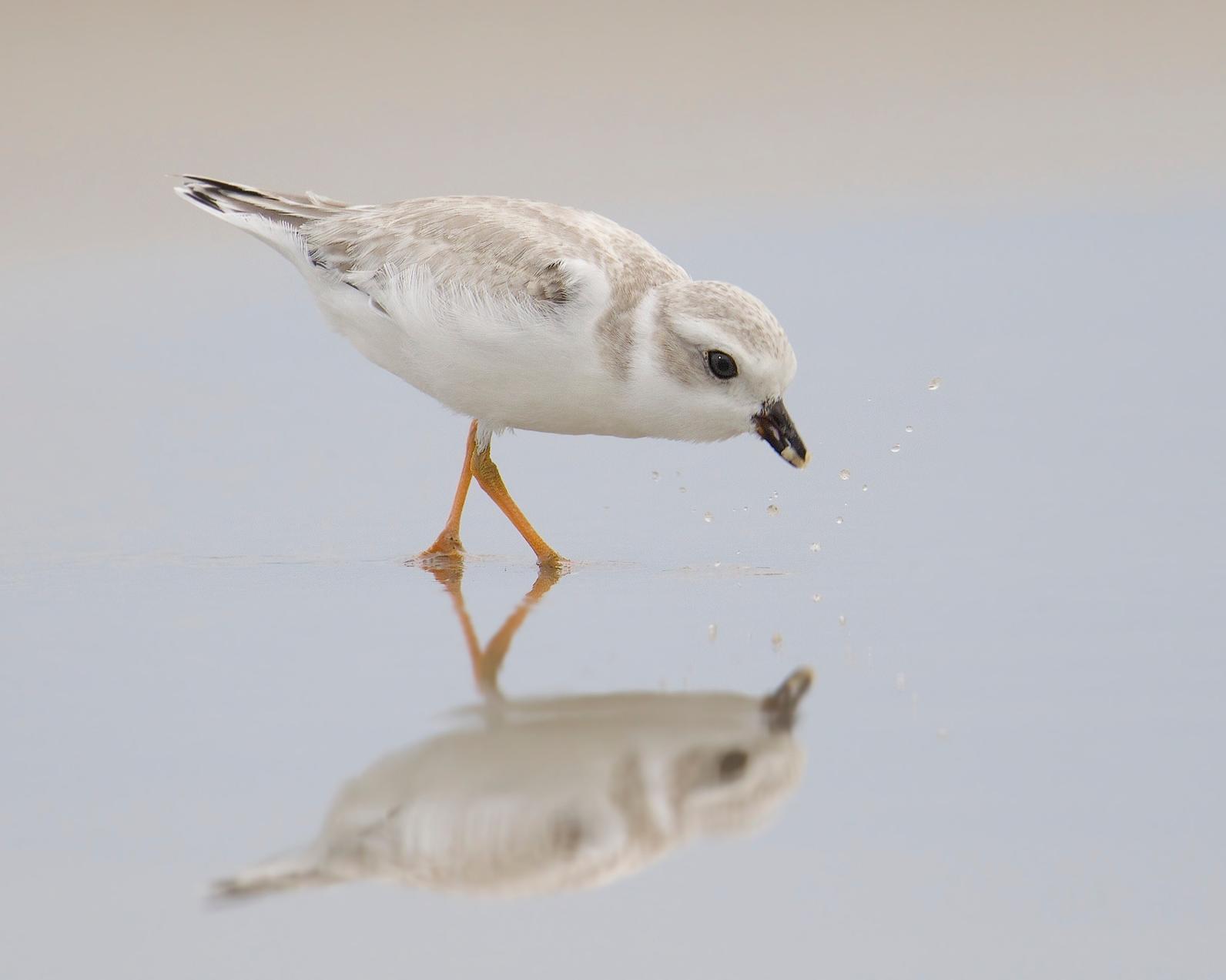
When I first spot them on the beach, it means spring is right around the corner!
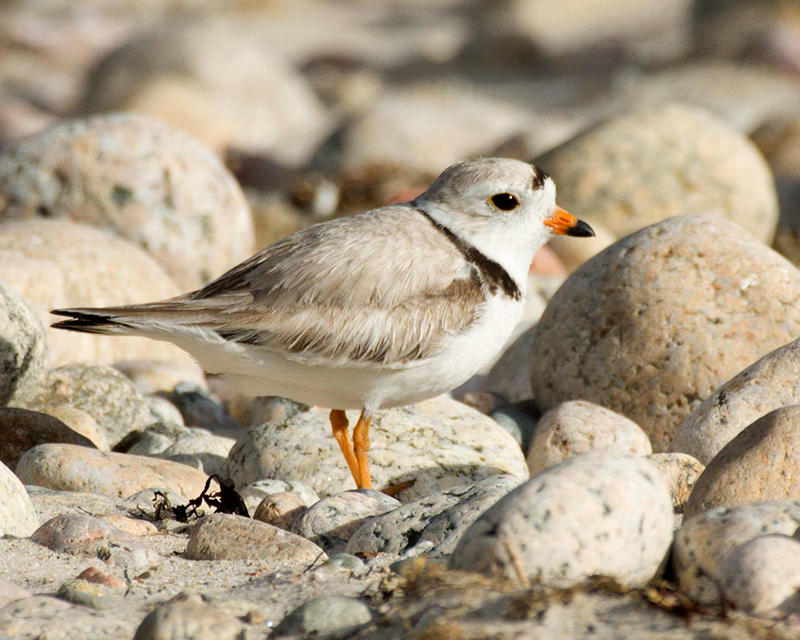
Even if I don’t see them, I know they’re there! With well-camouflaged feathers, nests, and eggs, plovers become almost invisible in the sand.
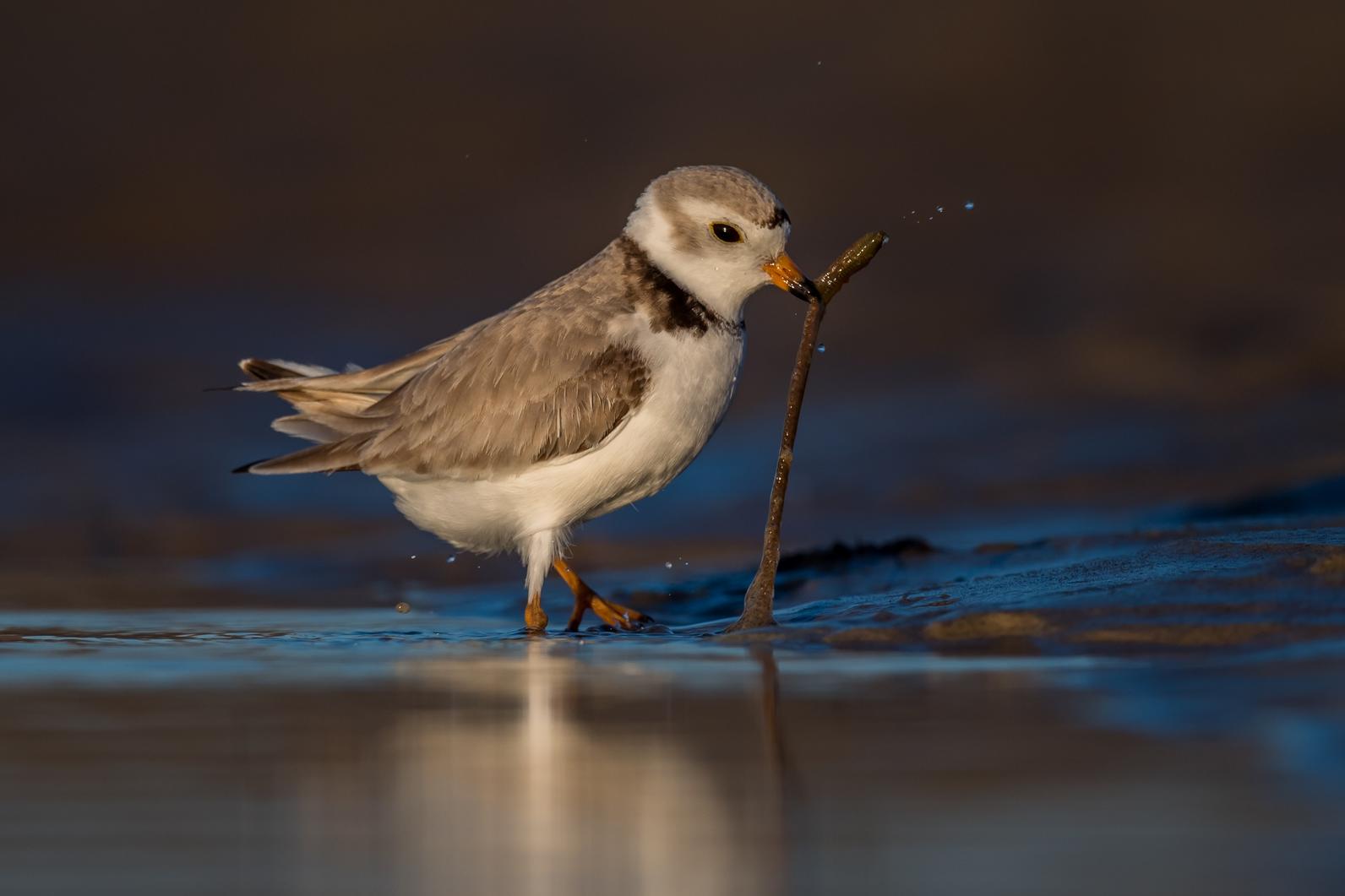
When I catch them eating noodles of the sea.
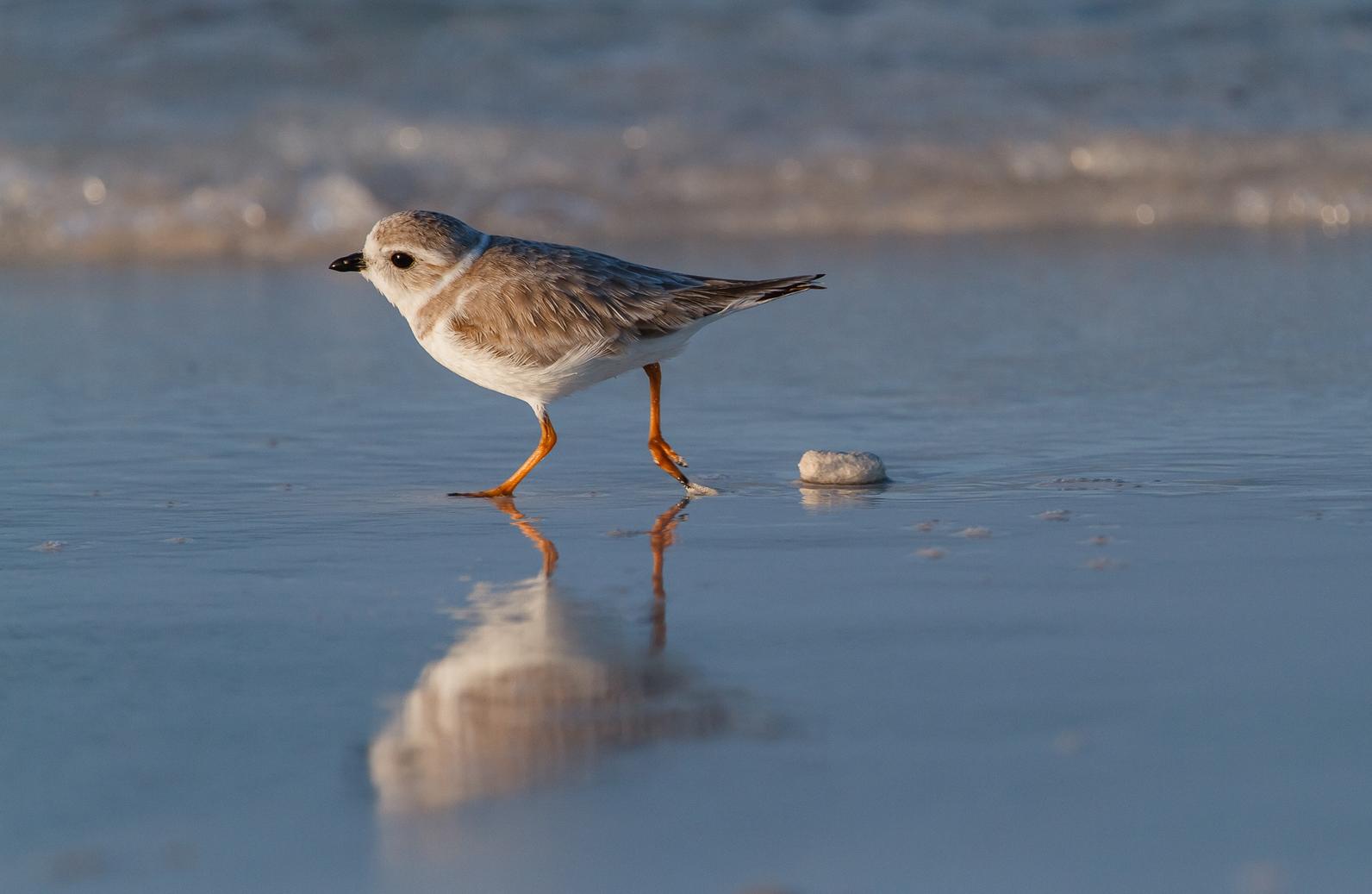
When I found out they don’t have a hind toe.
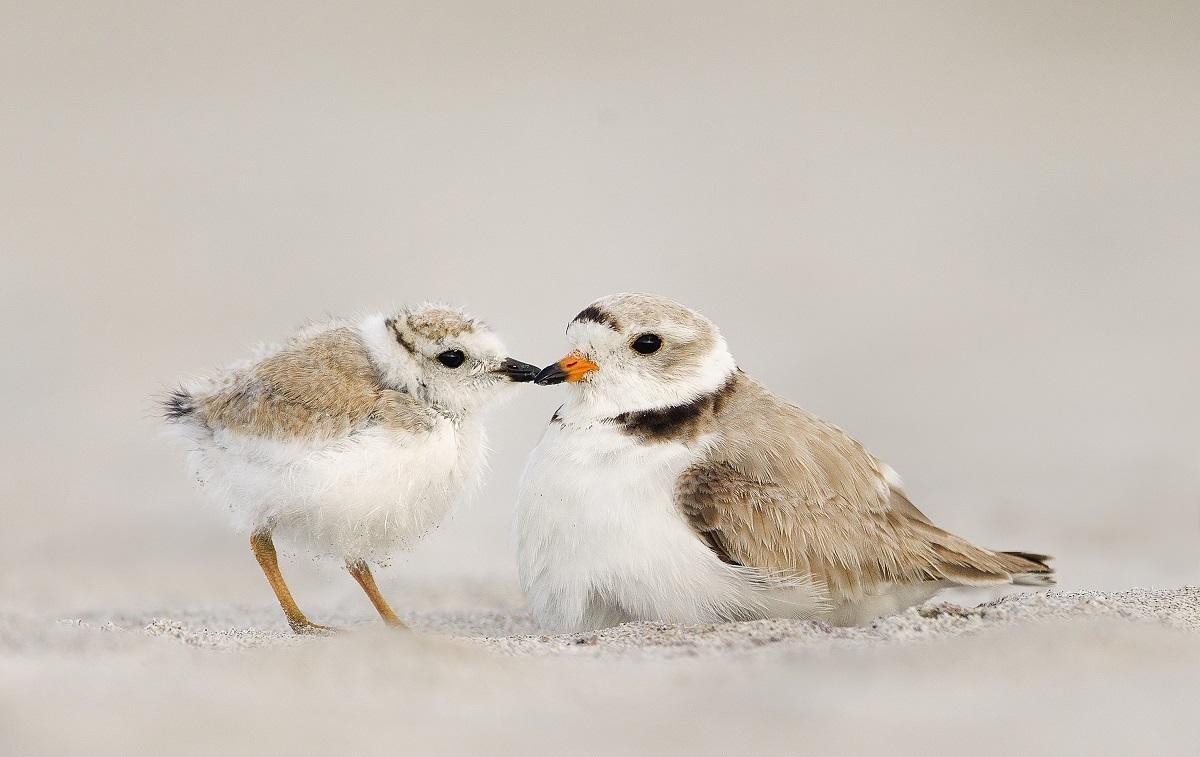
When I remember that a chick weighs less than a single scoop of ice cream.
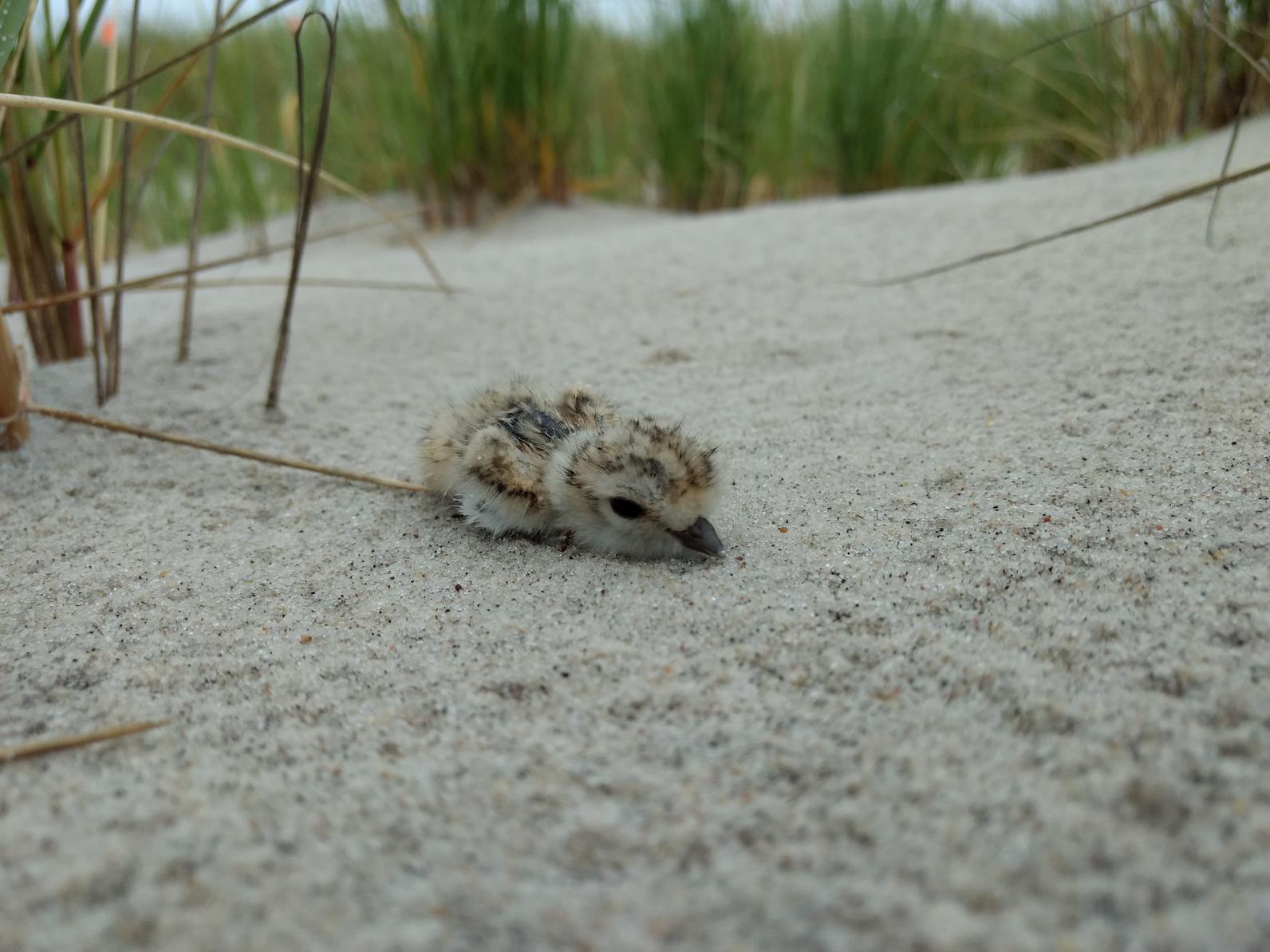
I know they’re resting right on the sand, even if I can’t spot them. So I keep away from fenced areas and keep my pup away from beaches with nesting birds, to prevent any accidents from happening.
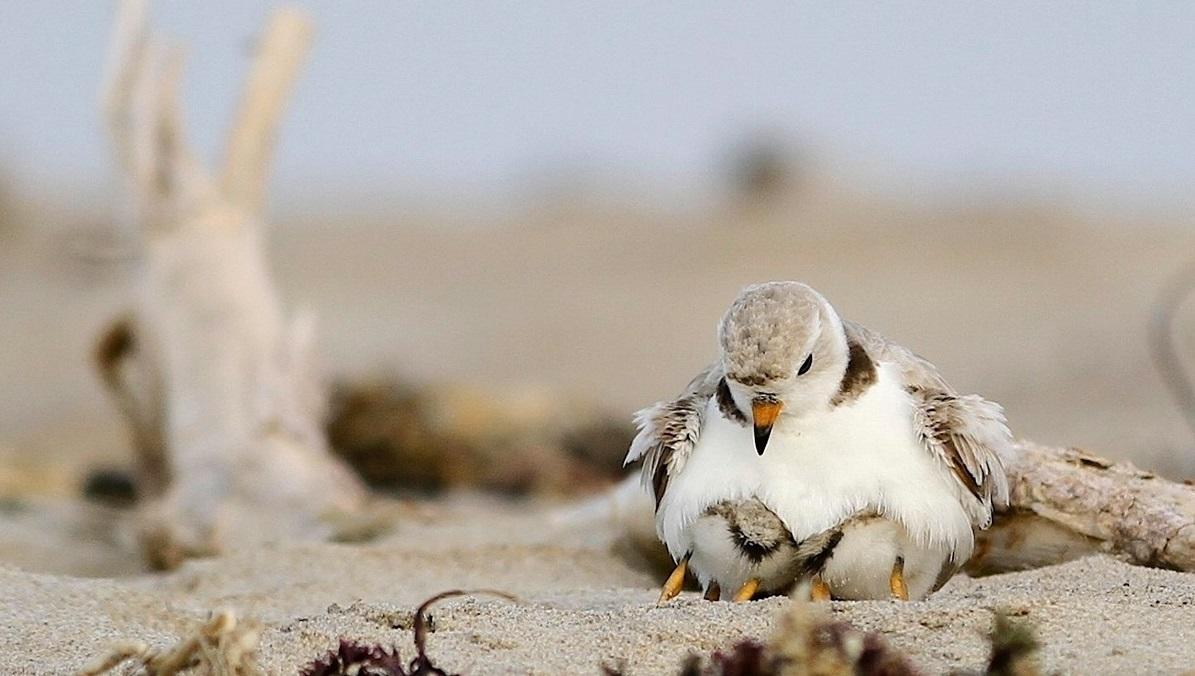
When I see a father taking over chick care so that mom can focus on rebuilding strength for their long migration south.
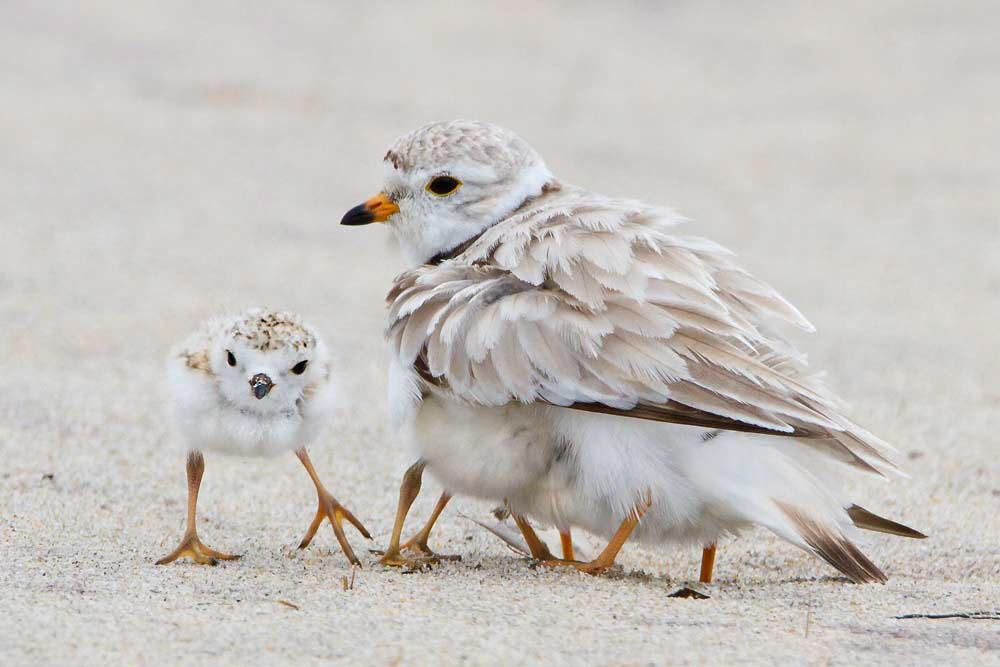
Every time I think about how much they love their family.
If predators or high tides destroy their nests, plovers are likely to try again. In fact, one plover in Massachusetts tried to nest five times laying a total of 19 eggs over the course of one summer!
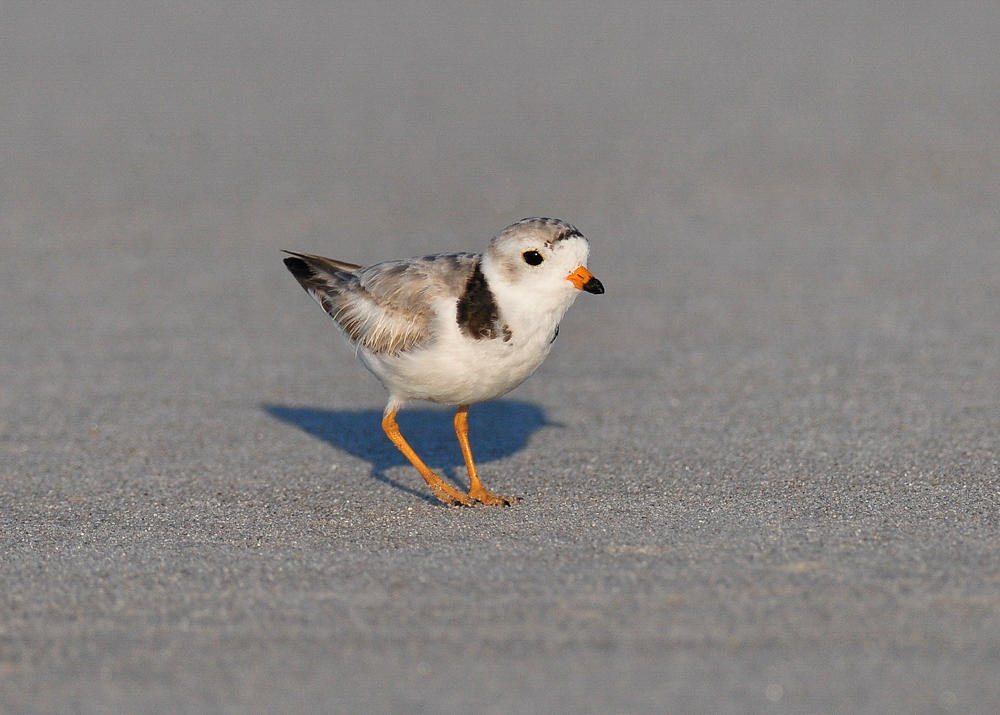
When I think about all they’ve been through, and how much they’ve overcome. After years of increased protection and habitat restoration, Piping Plovers are finally recovering from near-extinction throughout North America, but they still need our help. It’s up to us to #ShareTheShore!
Want More Fun Facts About Plovers?
- Piping Plovers are hard-working, fearless parents. They will feign a broken wing to draw attention to itself and away from its nest or chicks.
- Male and female Piping Plovers take turns incubating their eggs.
- Newly hatched Piping Plover chicks only weigh ~6 grams but they can double in size in just one week!
- Plover chicks find food for themselves, so they have to travel down to the wrack line and the ocean’s edge in search for small marine invertebrates to eat.
- Did you know that Piping Plover chicks are precocial? That means they hatch well-developed with downy feathers and they can feed themselves soon after hatching. These independent yet vulnerable little birds still depend on their parents to keep them safe from predators and disturbances on the beach.
- Piping Plover chicks can walk and forage within a few hours of hatching, and once they leave their nest they usually don’t go back!
- Despite their small size, Piping Plover chicks are highly mobile. That means that from May through August, the entire beach serves as a nursery for flightless plover chicks, which walk around on the beach in search of food and a safe place to rest away from predators and disturbance.



